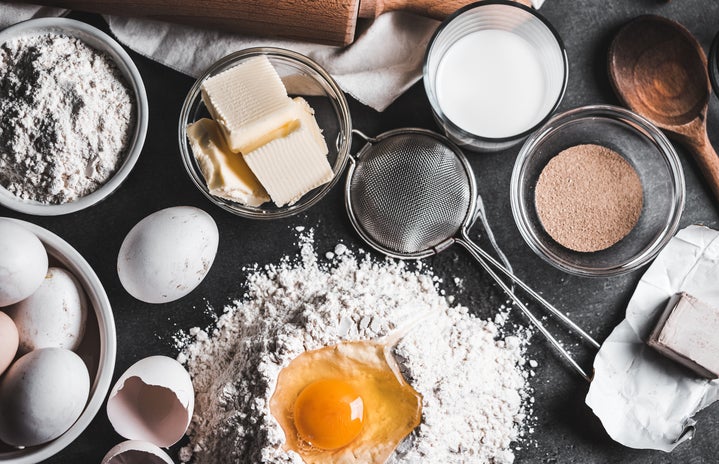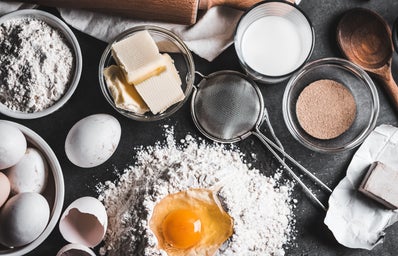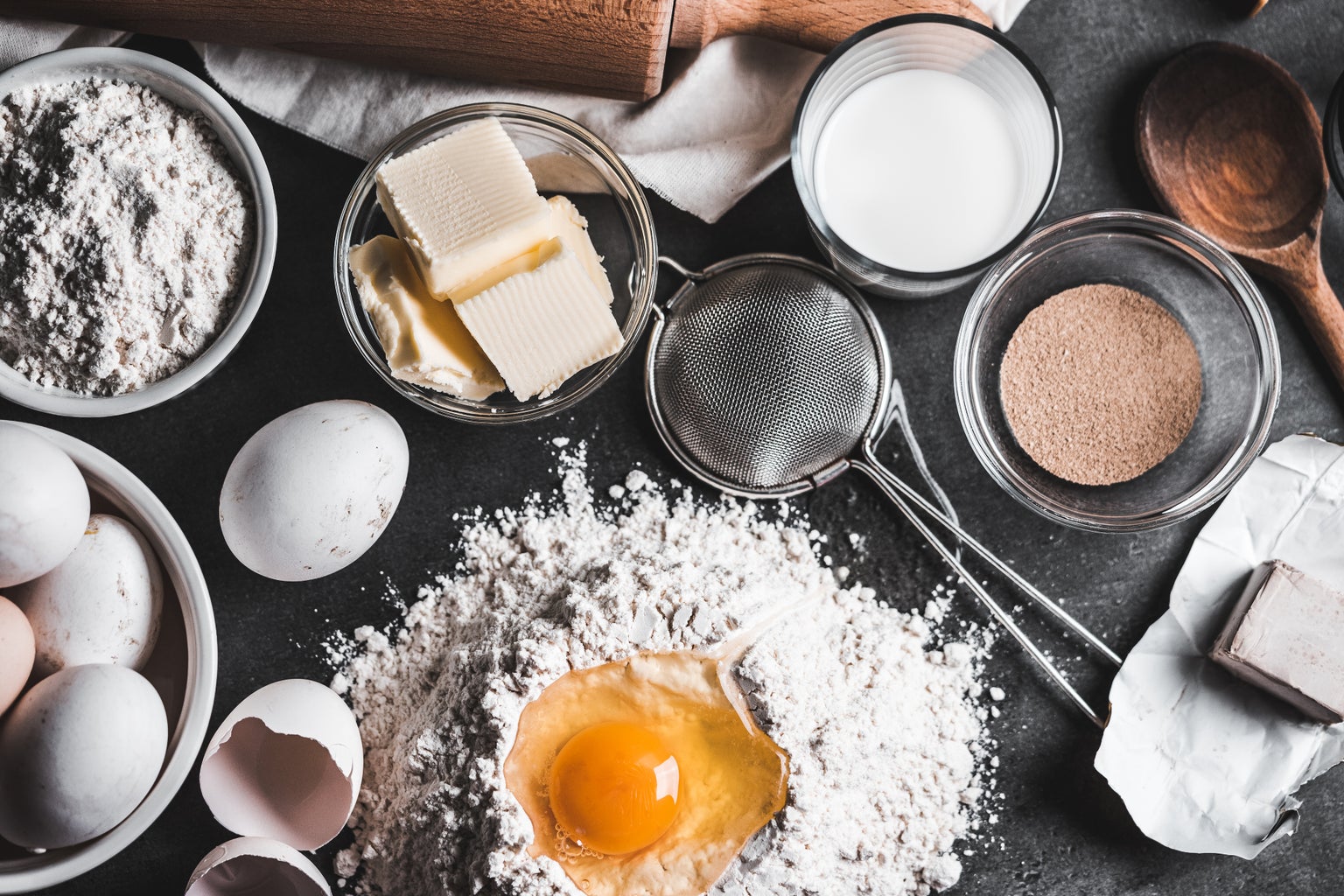Have you ever read a recipe that calls for room-temperature butter? Pretty much every cookie or cake-based recipe will call for this. This seemingly tiny detail in italicized font makes all the difference. I have been baking for over a year now regularly, and this is one of my most important takeaways.
Always make sure everything is at room temperature or the specified temperature.
The temperature of your ingredients is essential to the success of your baking creation. There is a lot of chemistry behind how all of the ingredients combine, so baking is the best-tasting science experience. The ingredients will combine much better when warmer to create a smooth batter. A smooth batter is very important, so your baked goods are uniform in taste and texture. No one wants a pocket of scrambled eggs or butter in their red velvet.
So what does room temperature mean?
Trust me, when I started baking, I heard this term all over recipes and baking blogs. But how do I know something is at room temperature? To tell if my butter is ready, I press down. It should make an indent but still be firm. The butter is soft while holding its shape unless force is applied to it. As for the eggs, I just hold them in my hand. If it is around the same temperature as my hand, it is good to go! As for milk and dairy products, I try to take them out of the fridge around an hour before. But I just make sure they are not cold to touch. Don’t stress over the exact temperature because we just want to ensure that all of the wet ingredients (butter, eggs, milk, etc.) are around the same temperature. This way they will easily combine.
This might sound like a cold-hearted response…
But cold ingredients just don’t work. For example, cold eggs can curdle, and cold butter doesn’t incorporate well. I speak from experience after nearly having my arm fall off when I forgot to soften the butter for a cream cheese frosting. There are better ways to get your daily arm workout in.
Sometimes butter will be required to be melted or very cold (if you are making a pie crust). But just read carefully when it comes to the temperature of your ingredients!
When in doubt use room-temperature dairy ingredients, including eggs, butter, milk, and yogurt. There is no way around this, but I do have some tips to help!
tip #1:
If you want to soften your butter, just put it in the microwave in 10-15 second intervals. Be sure to keep an eye on the butter since it melts fast! Also, never microwave your butter for long periods (over one minute and 30 seconds) because it could explode!
TIP #2:
Whenever I bake cakes or cookies, I ensure that my eggs are at room temperature by taking them out of the fridge one to two hours before I start. If you forget to do this, you can put your eggs in a bowl of warm water to speed up the process. I suggest microwaving a bowl filled halfway with water for around one to two minutes, depending on your microwave.
However…
If you are making something that calls for only the egg yolk or egg white, note that separating eggs is easiest when the egg is cold. For example, if you are making meringue or lemon curd, I suggest separating your eggs right when you take your eggs out of the fridge.



